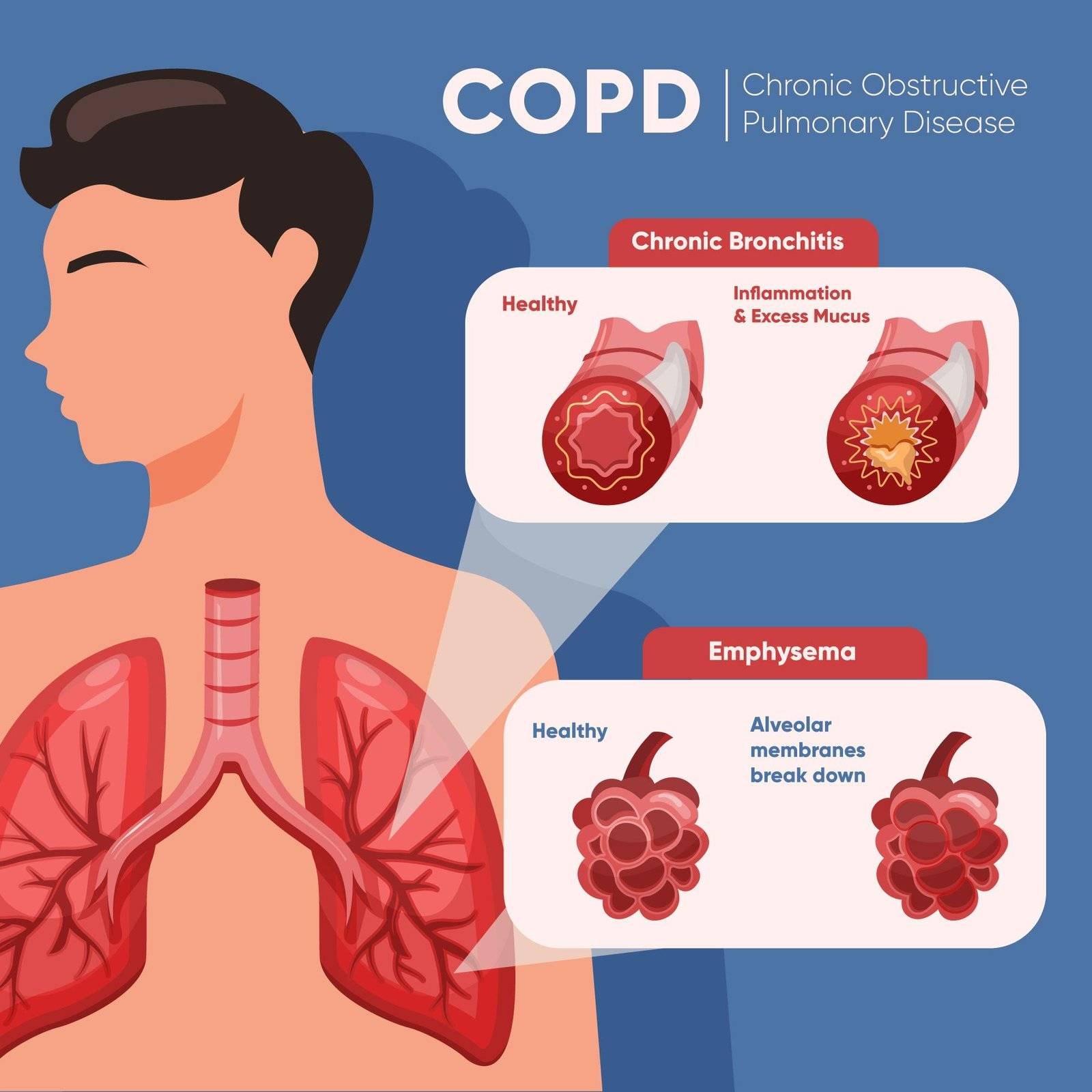Dealing with respiratory complications can make the idea of physical exercise seem daunting. However, combining regular physical activity with state-of-the-art treatments such as Exercise with Oxygen Therapy (EWOT) can greatly improve your overall health and quality of life. This article delves into the benefits of EWOT, how it can aid oxygen users, its potential risks, and tips for enhancing your exercise experience on oxygen therapy. Moreover, we will discuss how portable oxygen concentrators like the Inogen One G5 and G4 can make this process easier and more efficient.
1. Understanding EWOT: Exercise with Oxygen Therapy
The brainchild of physicist Dr. Manfred von Ardenne, Exercise with Oxygen Therapy (EWOT) was initially designed to help cancer patients. However, it has since been adapted for use by athletes and individuals with specific medical conditions. This innovative method focuses on rebuilding oxygen pathways within the capillaries, thereby boosting blood flow and oxygen absorption. By wearing a mask connected to an oxygen tank or concentrator while exercising, users can improve their fitness outcomes and general health.
Portable oxygen concentrators like the Inogen One G5 and Inogen One G4 can provide the needed oxygen supply, enabling you to exercise freely without being tied down to a specific location.
2. Advantages of EWOT for Oxygen Users
Integrating EWOT into your routine can work wonders, especially if you’re already reliant on oxygen therapy. Exercise not only strengthens your respiratory muscles but also improves your ability to breathe. Your doctor can help adjust your flow rate for physical activity, which may be different from your resting flow rate. It’s important to remember that EWOT requires continuous flow oxygen, so be sure to consult your doctor before commencing this regimen.
3. Evaluating the Risks of EWOT
Despite its benefits, EWOT comes with its share of potential risks, including oxygen toxicity or suppression of the breathing reflex if used excessively. Some users may also experience dryness in their nasal passages, sinuses, or throat. By adhering to appropriate protocols—like keeping EWOT sessions to 15 minutes or less and maintaining 90-95% oxygen purity—these risks can be largely mitigated.
4. Enhancing Your Exercise Experience on Oxygen Therapy
Starting exercise while on oxygen therapy or EWOT can require some adaptation. However, following these tips can help make the transition smoother:
Master your breathing technique: Efficient techniques such as pursed lip breathing and diaphragmatic breathing can enhance your oxygen absorption.
Consult your doctor about medication timing: Adjusting the timing of bronchodilators or mucolytics can support your exercise routine.
Start slow: Gradually increase your exercise time, listening to your body’s needs and taking necessary breaks.
Incorporate warm-up and cool-down routines: These can prevent injuries, control breathlessness, and enhance oxygen absorption.
5. Deciding if EWOT and Portable Oxygen Concentrators are Right for You
The decision to start EWOT should be made in collaboration with your doctor, taking into account your unique health conditions and requirements. If you already use a portable oxygen concentrator like the Inogen One G5 or G4, discuss with your doctor about incorporating it during exercise. Despite the challenges, exercise can offer profound benefits, even to those with chronic health issues. With the correct approach, you can experience noticeable improvements in your symptoms and overall health.
Sources:
“Your Lungs and Exercise.” Breathe , European Respiratory Society, Mar. 2016, www.ncbi.nlm.nih.gov/pmc/articles/PMC4818249/.
Santiago, Nadia. “Benefits and Risks of Exercise With Oxygen Therapy.” LoveToKnow, LoveToKnow Corp, Accessed 16 Aug. 2020, exercise.lovetoknow.com/types-exercise/exercise-oxygen-therapy.
“Breathing Exercises.” American Lung Association, American Lung Association , 27 May 2020, https://www.lung.org/lung-health-diseases/wellness/breathing-exercises.
Emtner, Margareta, et al. “Benefits of Supplemental Oxygen in Exercise Training in Nonhypoxemic Chronic Obstructive Pulmonary Disease Patients.” ATS Journals, American Journal of Respiratory and Critical Care Medicine, 14 July 2003, www.atsjournals.org/doi/full/10.1164/rccm.200212-1525OC.








